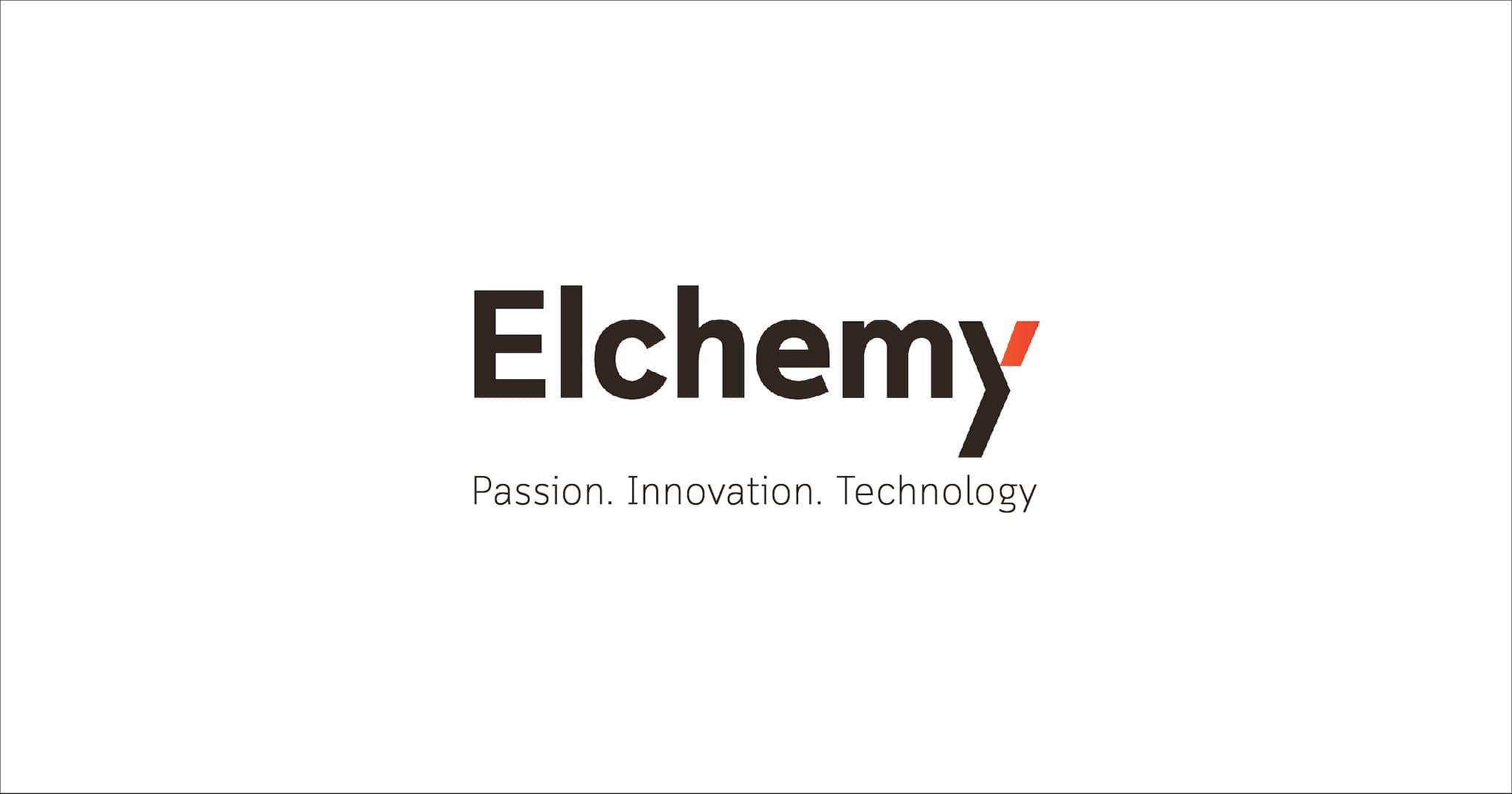Home / Products/ Polyethylene Glycol

ELSURFACTM - PEG12/Dmc
Product Specification
SYNONYMS
MOLECULAR WEIGHT
CAS NUMBER
CHEMICAL FORMULA
HS CODE
DENSITY
MELTING POINT
BOILING POINT
VISCOSITY
SHELF LIFE
TYPICAL PROPERTIES
APPEARANCE
Packaging Type

(C2H4O)nH2O
hdpe drums

(C2H4O)nH2O
bags
Chemical Name
Industry
Application of Polyethylene Glycol
- Pharmaceutical Excipient: PEG is widely used as a solvent, plasticizer, and base in ointments and creams. It enhances the solubility and bioavailability of active pharmaceutical ingredients, making it a preferred choice in drug formulations.
- Cosmetic Ingredient: In personal care products, PEG acts as a humectant and emulsifier, improving moisture retention and texture in lotions, creams, and shampoos.
- Industrial Lubricant: PEG is used as a lubricant in various industrial applications, including metalworking and textile processing, due to its excellent lubricating properties and compatibility with other substances.
- Surfactant: As a surfactant, PEG reduces surface tension, aiding in the dispersion of ingredients in formulations, which is crucial in cleaning and detergent products.
- Plasticizer: PEG is used as a plasticizer in the production of plastics and rubber, enhancing flexibility and durability.
About Product
Polyethylene Glycol, commonly known as PEG, is a highly versatile polymer used extensively in various industries. As a water-soluble compound, it is favored in pharmaceuticals for its ability to enhance drug solubility and stability. PEG is also a key ingredient in cosmetics, where it acts as a humectant and emulsifier, improving product texture and moisture retention. In industrial applications, PEG serves as a lubricant and plasticizer, offering excellent compatibility with other materials. Manufacturers of Polyethylene Glycol focus on producing high-purity grades to meet the stringent demands of these industries. The production process is carefully controlled to ensure consistency and quality, which are critical for the compound's effectiveness. As sustainability becomes increasingly important, PEG manufacturers are adopting greener practices to minimize environmental impact, aligning with the global demand for eco-friendly raw materials. The widespread use of Polyethylene Glycol across multiple sectors underscores its importance as a fundamental compound in modern industry.
Features of Polyethylene Glycol
- Versatile Solvent: Enhances solubility and stability in pharmaceutical formulations.
- Effective Humectant: Retains moisture in personal care products, improving texture and feel.
- Industrial Lubricant: Provides excellent lubrication in metalworking and textile processing.
- Eco-Friendly Production: Focus on sustainable manufacturing practices.
- High Compatibility: Works well with a wide range of substances in various applications.
Product Specification
SYNONYMS
MOLECULAR WEIGHT
CAS NUMBER
CHEMICAL FORMULA
HS CODE
DENSITY
MELTING POINT
BOILING POINT
VISCOSITY
SHELF LIFE
TYPICAL PROPERTIES
APPEARANCE
Packaging Type

(C2H4O)nH2O
hdpe drums

(C2H4O)nH2O
bags
Chemical Name
Industry
Application of Polyethylene Glycol
- Pharmaceutical Excipient: PEG is widely used as a solvent, plasticizer, and base in ointments and creams. It enhances the solubility and bioavailability of active pharmaceutical ingredients, making it a preferred choice in drug formulations.
- Cosmetic Ingredient: In personal care products, PEG acts as a humectant and emulsifier, improving moisture retention and texture in lotions, creams, and shampoos.
- Industrial Lubricant: PEG is used as a lubricant in various industrial applications, including metalworking and textile processing, due to its excellent lubricating properties and compatibility with other substances.
- Surfactant: As a surfactant, PEG reduces surface tension, aiding in the dispersion of ingredients in formulations, which is crucial in cleaning and detergent products.
- Plasticizer: PEG is used as a plasticizer in the production of plastics and rubber, enhancing flexibility and durability.
About Product
Polyethylene Glycol, commonly known as PEG, is a highly versatile polymer used extensively in various industries. As a water-soluble compound, it is favored in pharmaceuticals for its ability to enhance drug solubility and stability. PEG is also a key ingredient in cosmetics, where it acts as a humectant and emulsifier, improving product texture and moisture retention. In industrial applications, PEG serves as a lubricant and plasticizer, offering excellent compatibility with other materials. Manufacturers of Polyethylene Glycol focus on producing high-purity grades to meet the stringent demands of these industries. The production process is carefully controlled to ensure consistency and quality, which are critical for the compound's effectiveness. As sustainability becomes increasingly important, PEG manufacturers are adopting greener practices to minimize environmental impact, aligning with the global demand for eco-friendly raw materials. The widespread use of Polyethylene Glycol across multiple sectors underscores its importance as a fundamental compound in modern industry.
Features of Polyethylene Glycol
- Versatile Solvent: Enhances solubility and stability in pharmaceutical formulations.
- Effective Humectant: Retains moisture in personal care products, improving texture and feel.
- Industrial Lubricant: Provides excellent lubrication in metalworking and textile processing.
- Eco-Friendly Production: Focus on sustainable manufacturing practices.
- High Compatibility: Works well with a wide range of substances in various applications.
Get Your Quote Instantly! Contact Us Now!
Product FAQs
What is Polyethylene Glycol used for?
+
Is Polyethylene Glycol safe?
+
How does PEG enhance drug formulations?
+
Related Products
Related Blog
Product FAQs
What is Polyethylene Glycol used for?
+
Is Polyethylene Glycol safe?
+
How does PEG enhance drug formulations?
+




